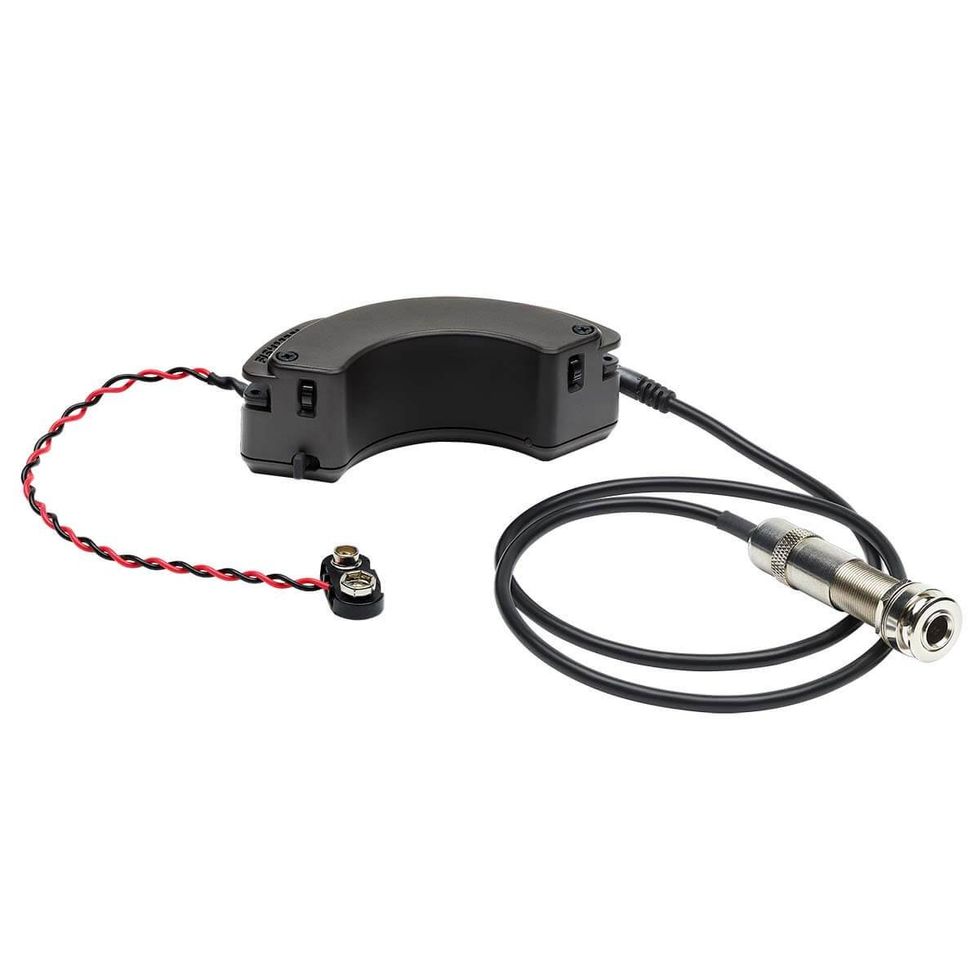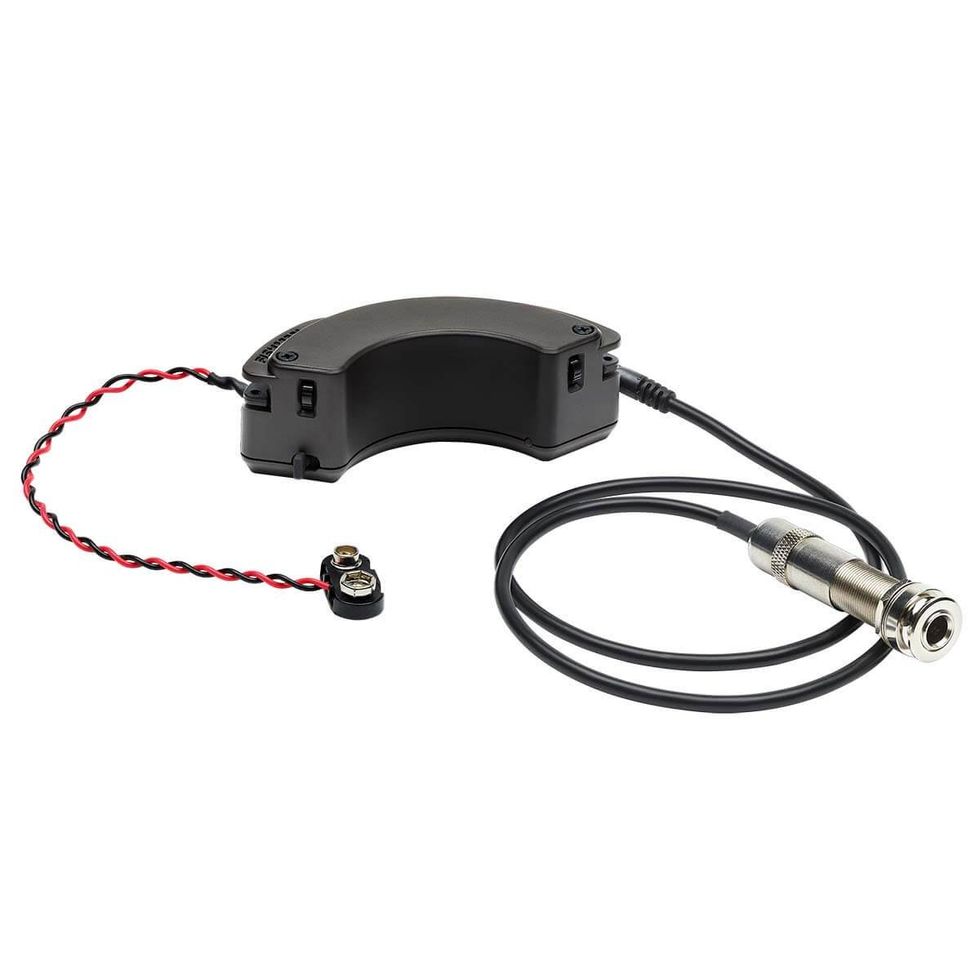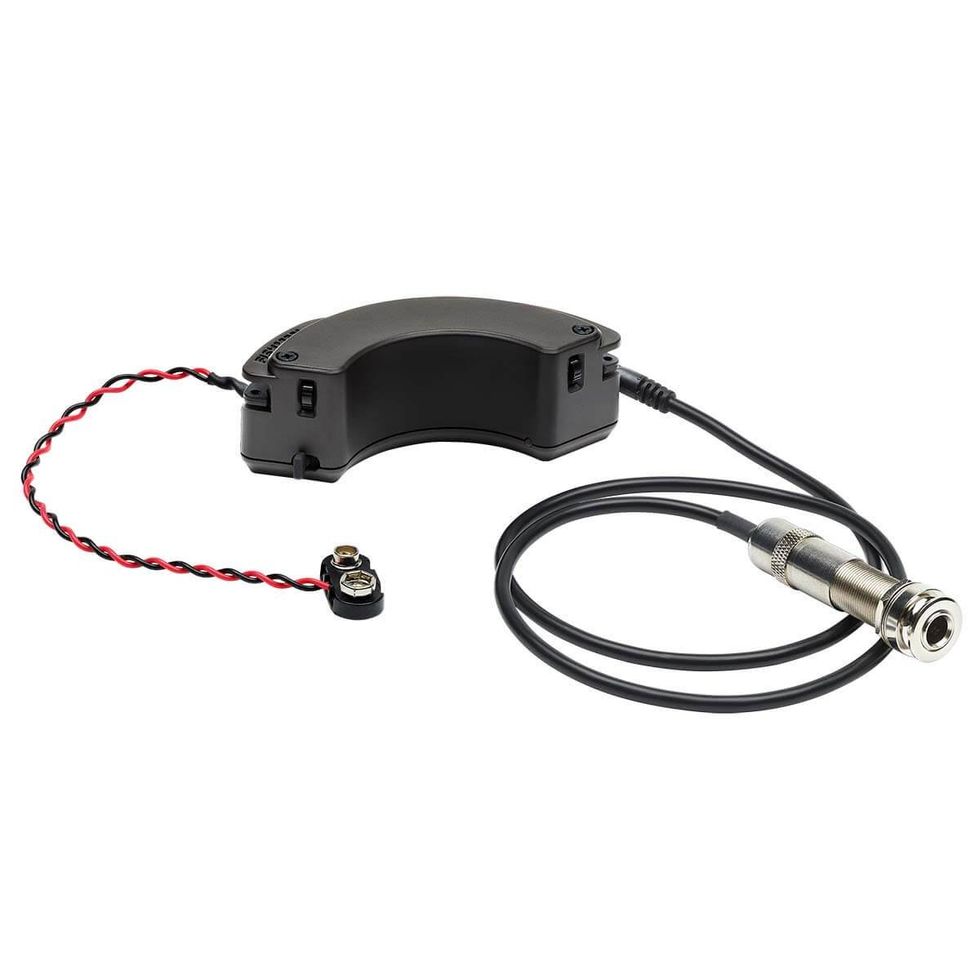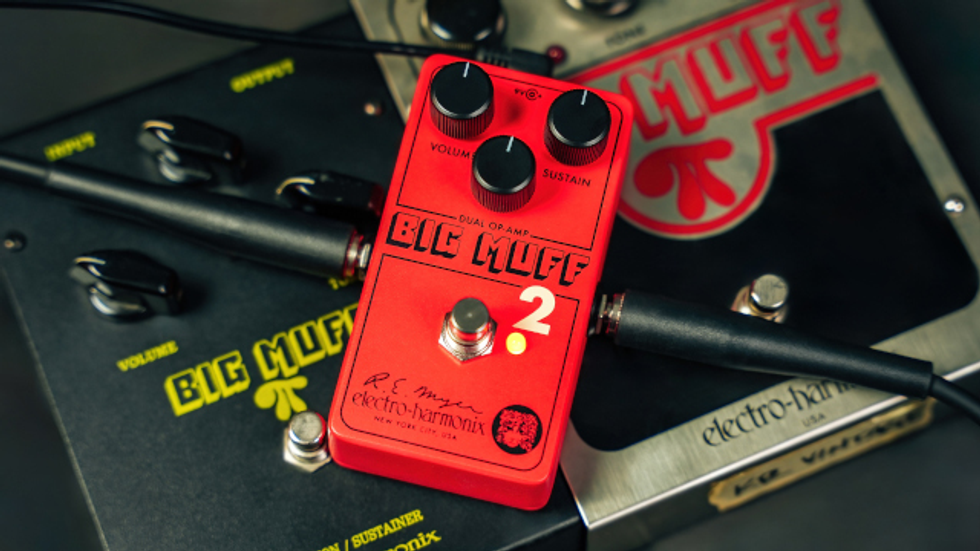| I had a few misgivings about reviewing TC Electronic''s G-Natural because I tend to lean toward very natural acoustic guitar sounds. While I love TC’s chorus for electric guitar, I couldn''t really see the application of chorus – or anything other than reverb for that matter – on a flat top. But I''m an open minded guy with a one week tour playing acoustic and mandolin, and I thought this would be a perfect shakedown cruise for the G-Natural. |
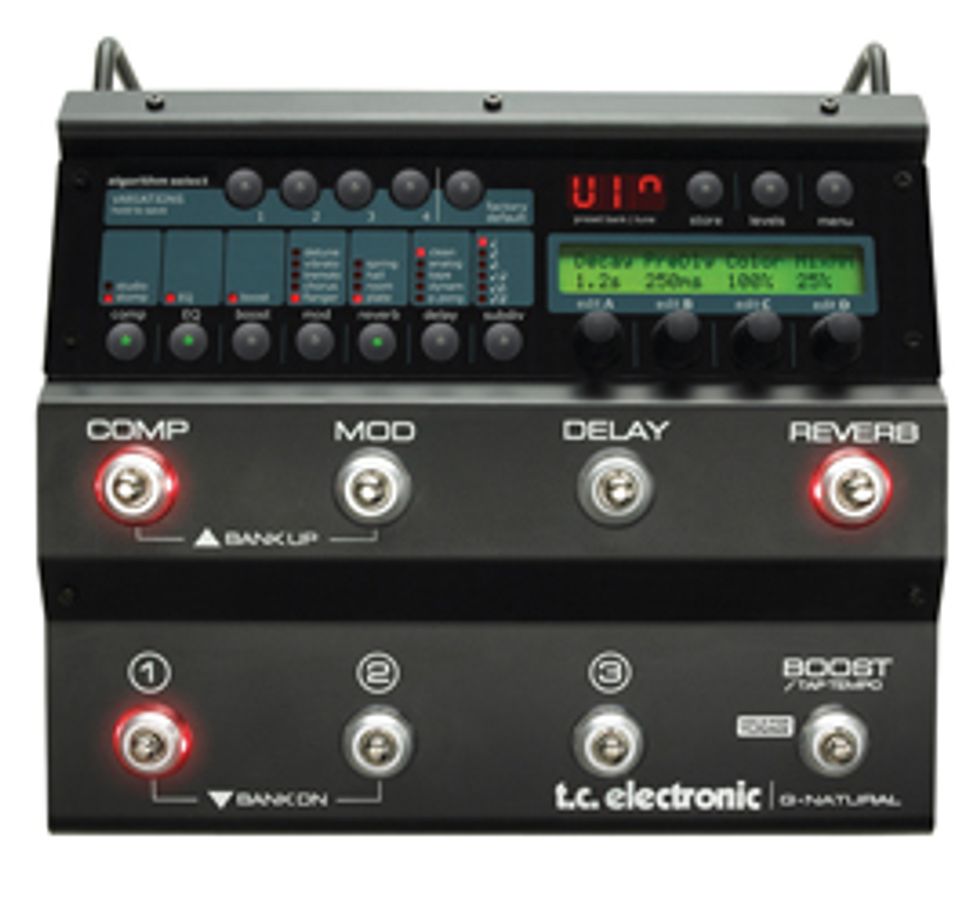 Click for larger image |
I tend to get lost in long manuals with too much information; I just want the essentials of how it works. The G-Natural manual is brief (maybe even a bit too brief), which forces you to discover the possibilities through trial and error, which probably is the only way we really learn about gear anyway. I was up and running quickly after unpacking it. A few druthers were noticeable from the start, but I''ll explain those later. Let''s get to the good stuff.
The Upside
Ideally, I like to run one line for my guitar and mandolin; smaller systems have limited lines, and two lines double your chances of mix problems, feedback, etc, plus the stage is cleaner with one. It may sound OCD, but that''s how I''m wired. The G-Natural enabled me to use one line for both my acoustic and my mandolin very effectively.
On this gig I had my beloved Gibson Hummingbird with a Seymour Duncan MagMic pickup and my Weber Mandolin with their own pickup. These two instruments have wildly different output levels and the Weber is a little darker than the Hummingbird so the EQ has to differ considerably. When I scrolled through the G-Natural’s presets, I liked the majority of them. Usually presets sound like an engineer designed them, not a musician – no subtlety, too much stuff swirling around. With no tweaking at all I quickly discovered a perfect fit for both my guitar and my mandolin. When I got home, I found an equally cool preset for my classical guitar, making the G-Natural ideal for a utility person playing acoustic guitar, mandolin, fiddle, dobro, or a lot of acoustic guitars with different pickup systems.

There are many FX on the G-Natural and only a few were not my bag. I loved the verb and used it on my mando solos and fingerstyle guitar playing. A word of caution however: when suddenly activated on a loud stage, the reverb can cause your instrument to feed back, which made me think that TC could consider a feedback finding notch for the next rendition of the processor. The delay with tap was fun for solos on each instrument. The tap is very quick to set and the delay is transparent.
Though I''m hooked on compression when playing electric, I''ve never used it until now on acoustics. The compression really helped my fingerstyle playing cut over the band and pulled my loud strumming back into the mix, which kept me from having to jack with my volume.
My favorite feature is the boost pedal. You really can get buried by the band when it''s time for an acoustic solo. The boost gave me ample volume to cut through the drums on my solo.
Druthers
My first bit of disappointment came when I could not find a headphone jack. I love using one to dial in sounds without having to deal with the front of house or monitor engineers; monitors are not always a reliable reference of how your guitar really sounds while headphones are. Although I sent the engineers a stereo signal, my stage mix was mono and I would have loved to hear the stereo FX so headphones would have helped. Aside from gigging, it''s just really fun to play with FX using headphones; I can wanga-wanga for hours like that! Luckily, the unit''s balanced 1/4" outputs can be used as balanced headphone outs so its doable, it just isn''t as easy as having a dedicated line for your cans.
The second hiccup was that the G-Natural does not have XLR outs, therefore it does not appear to be set up as a direct box. It isn''t a big deal to everyone but I''m always a fan of taking the D.I. out of my signal chain. Again, those 1/4" outs are the solution -- they can be used as a DI into a snake, you just need the right 1/4" to XLR cable to get it done.
My third and final druther: the tuner symbols on the unit I reviewed were a little confusing, a good old capital note letter and a little fool proof strobe read-out would''ve been better on a bright stage. As it turns out, TC''s latest software update has improved the functionality of the tuner. You gotta love the way these processors can be updated via the internet! One more note on the tuner: it''s fast, accurate and has a handy mute that helps with quick, quiet instrument changes.
The Final Mojo
In short, any hardcore acoustic act would love this pedal. It gives you control of your sound, tuning and muting capabilities, plus fun FX and volume for solos. Most of you will not need all of the effects but there may come a session some day when the producer wants to step outside the traditional acoustic sound and you will deliver with the G-Natural. The G-Natural would be a great buy just to take the headache out of gigging with a variety of instruments that have different mix needs. I plugged it into my studio at home and had some fun with the FX in that environment, but ultimately the live application is where the G-Natural really shines.
Buy if...
your floor is cluttered with an array of effects in front of your signal.
Skip if...
you are an old school, plug and play purist.
Rating...
MSRP $995 - T.C. Electronic - tcelectronic.com |
Our expert has stated his case, now we want to hear yours. Share your comments and ratings below.










 Bettencourt onstage with the Dark Horse at the Motocultor Festival in Carhaix, France, on August 23, 2005 Sarah "Sartemys" Leclerc
Bettencourt onstage with the Dark Horse at the Motocultor Festival in Carhaix, France, on August 23, 2005 Sarah "Sartemys" Leclerc![Rig Rundown: Russian Circles’ Mike Sullivan [2025]](https://www.premierguitar.com/media-library/youtube.jpg?id=62303631&width=1245&height=700&quality=70&coordinates=0%2C0%2C0%2C0)






